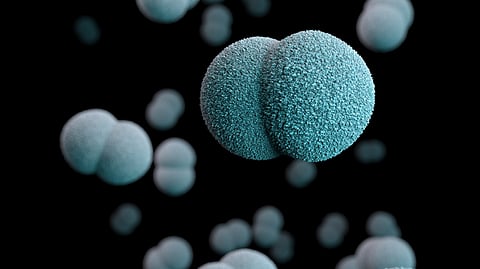Far too many antibiotics are used around the world. As a result, bacteria are becoming resistant.
Curing bacterial diseases is becoming more difficult than before, because antibiotics are perhaps our foremost weapons in the fight against them.
An important step towards using fewer antibiotics is to find better methods for identifying pathogens, and here is the good news.
“We have developed a simple tool that can identify all of the genetic material in bacteria. This allows us to find out more quickly what kind of bacteria a sick person or animal is affected by, or what kind of bacteria are found in food or the environment. We can then also decide whether it is necessary to use antibiotics against the bacterium, and if so what kind, so we don’t have to use as much medication,” says Professor Erika Eiser at Norwegian University of Science and Technology's (NTNU) Department of Physics.
No need to copy genetic material
An international research group is behind the latest findings. The results have been presented in the prestigious Proceedings of the National Academy of Sciences (PNAS) journal. Playing a key role in the work was Dr Peicheng Xu from the Institute of Physics Chinese Academy of Sciences in Beijing, for whom Eiser was previously an academic supervisor.


